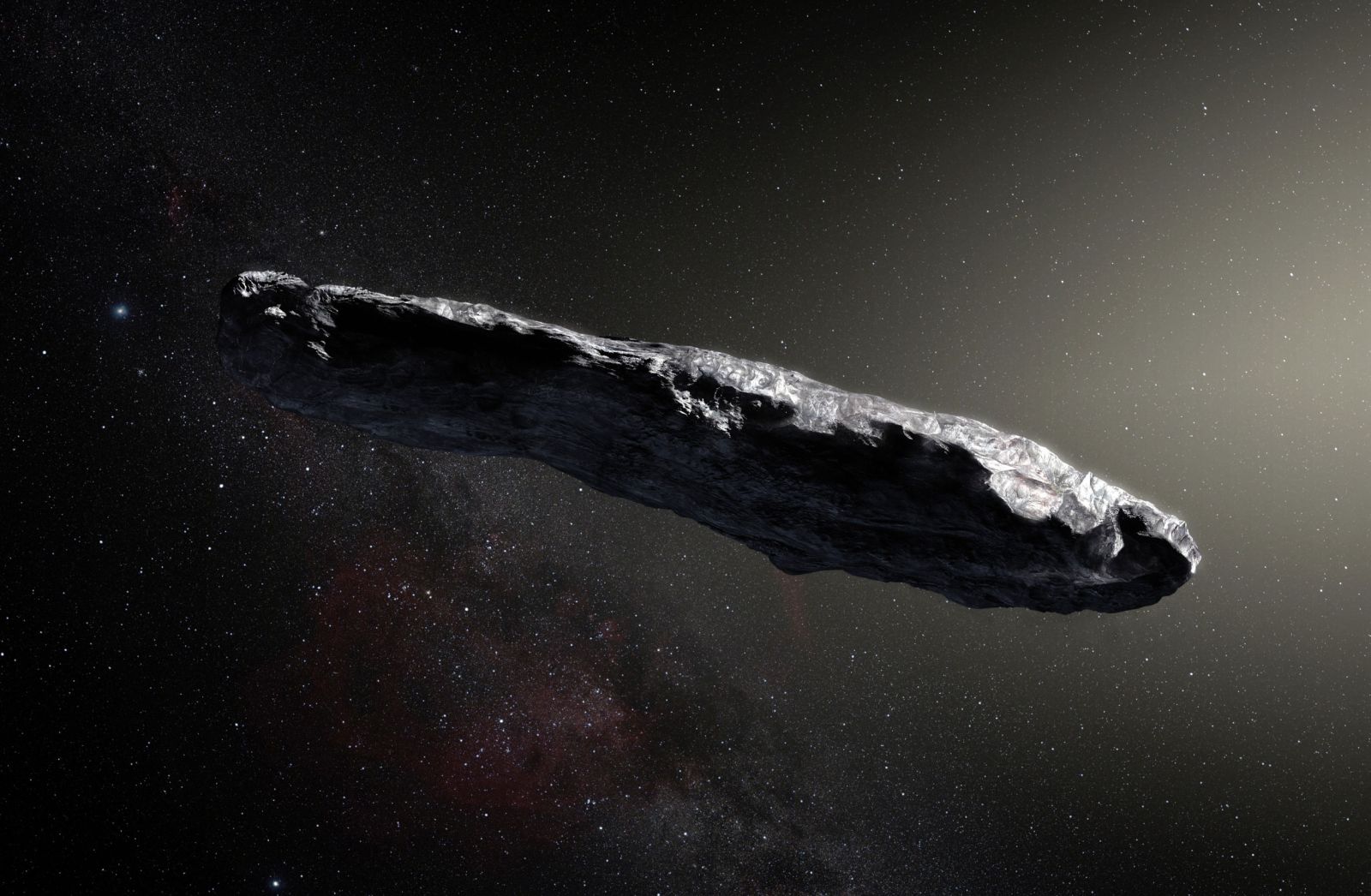Follow us on Google News (click on ☆)

This artist's impression shows the first detected interstellar asteroid, 'Oumuamua.
Image ESO/M. Kornmesser
'Oumuamua, with its elongated shape and tumbling motion, behaved in a manner quite contrary to what we expected from an interstellar rock. Lacking a visible cometary tail, it appeared to propel itself autonomously, sparking speculations about an artificial origin. However, a more in-depth analysis revealed that 'Oumuamua was the first of a new category of cosmic objects: dark comets. These objects, which move like comets but without showing a dust tail, represent a significant advancement in our understanding of the Universe.
The commissioning of cutting-edge telescopes like the James Webb Space Telescope (JWST) and the upcoming LSST (Rubin Observatory Legacy Survey of Space and Time) in the Atacama Desert in Chile, promises a revolution in our ability to detect and understand these interstellar visitors. If the JWST had been available during the discovery of 'Oumuamua, we could have obtained detailed images and information about its composition, clearly distinguishing it as a dark cometary object.
The future looks promising with the LSST, which is expected to detect many more interstellar objects and identify dark comets within our own solar system. Thanks to its ideal location in the Atacama Desert and its ability to monitor the sky of the southern hemisphere nearly every night, the LSST will be able to spot objects much fainter than is currently possible.
This increased ability to detect interstellar objects might well reveal that space near Earth is teeming with objects smaller than 'Oumuamua, previously invisible. With the tools we will soon have at our disposal, distinguishing between an intelligent visitor and a dark interstellar comet will no longer be an enigma.